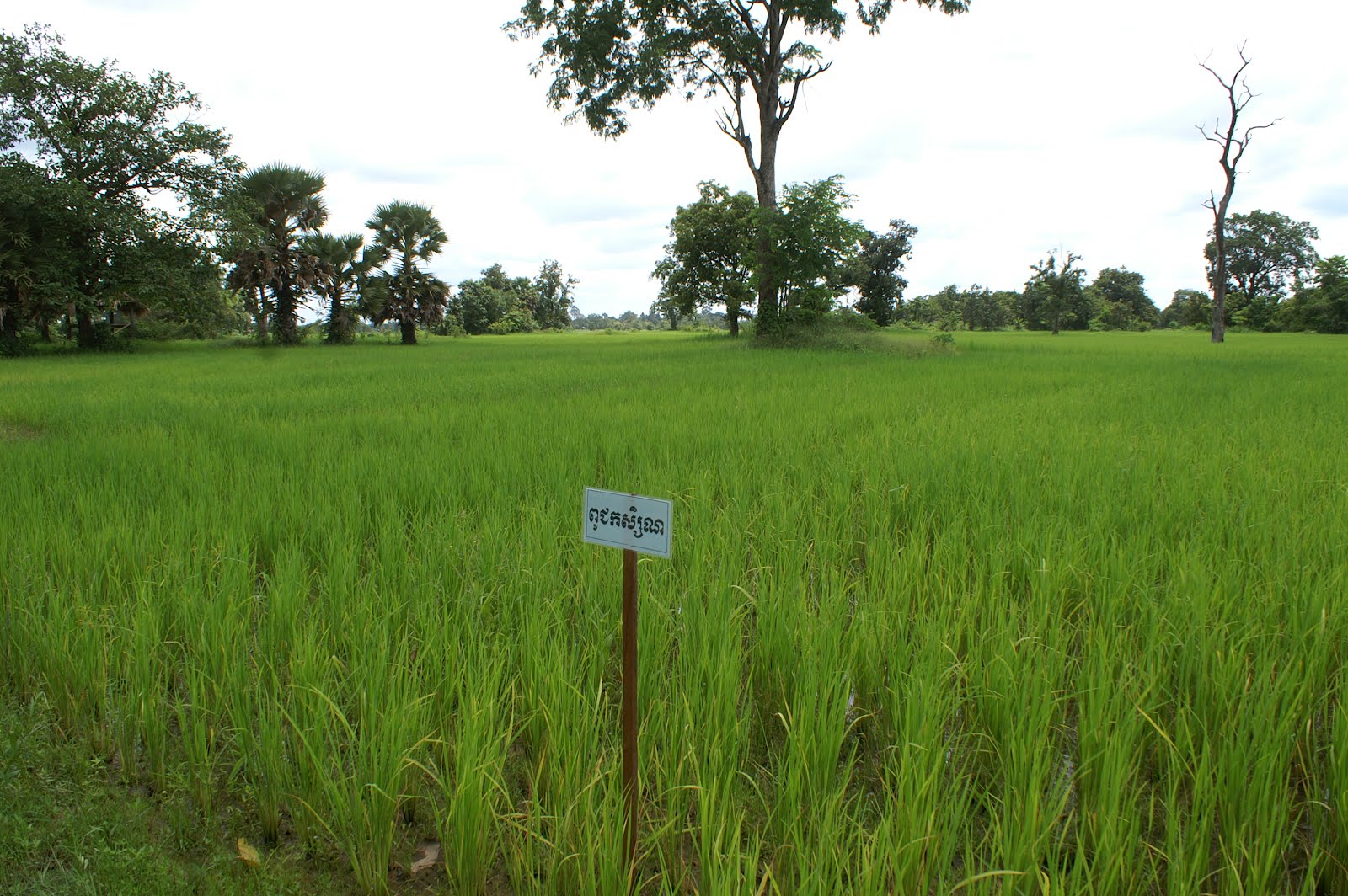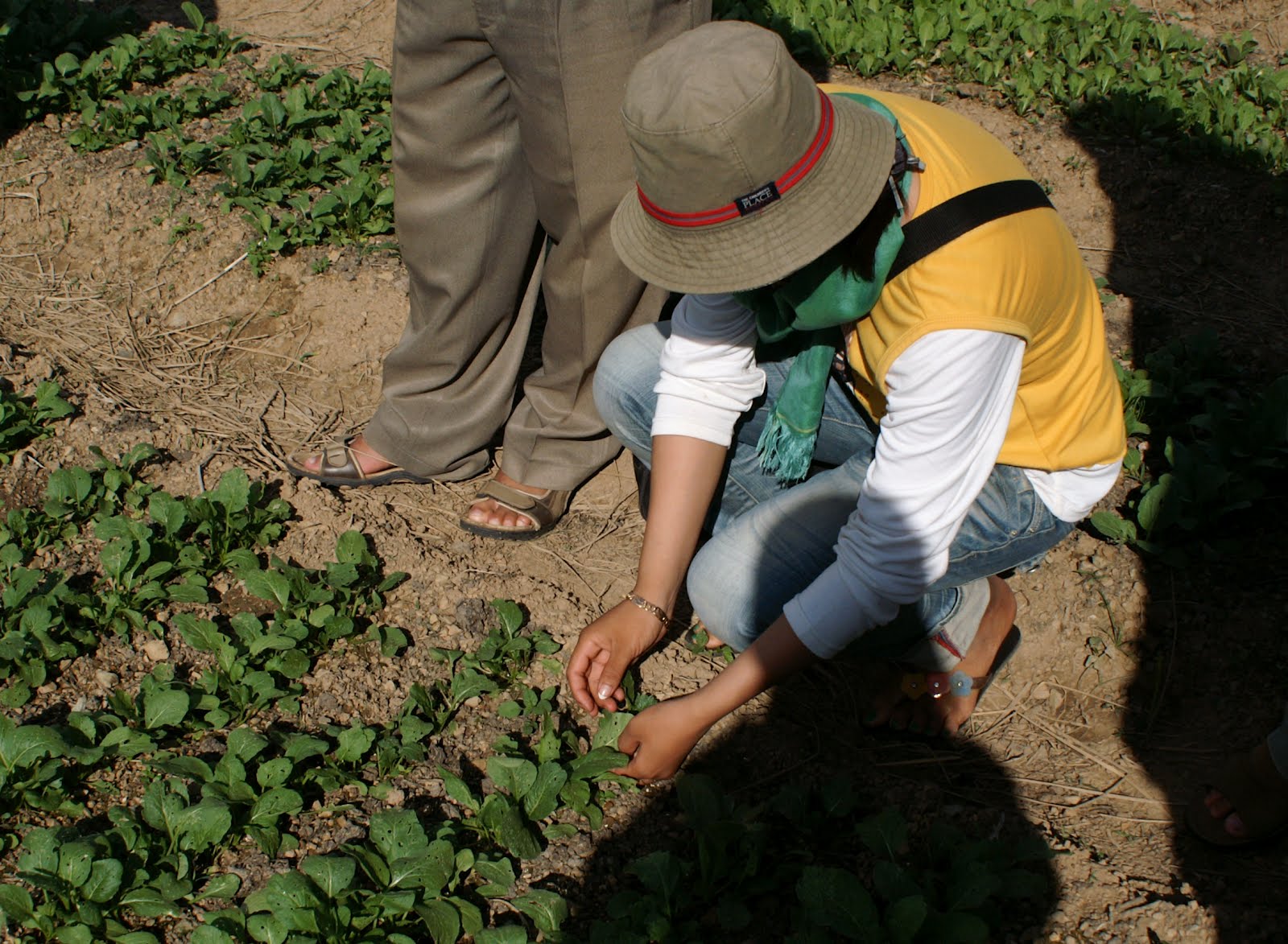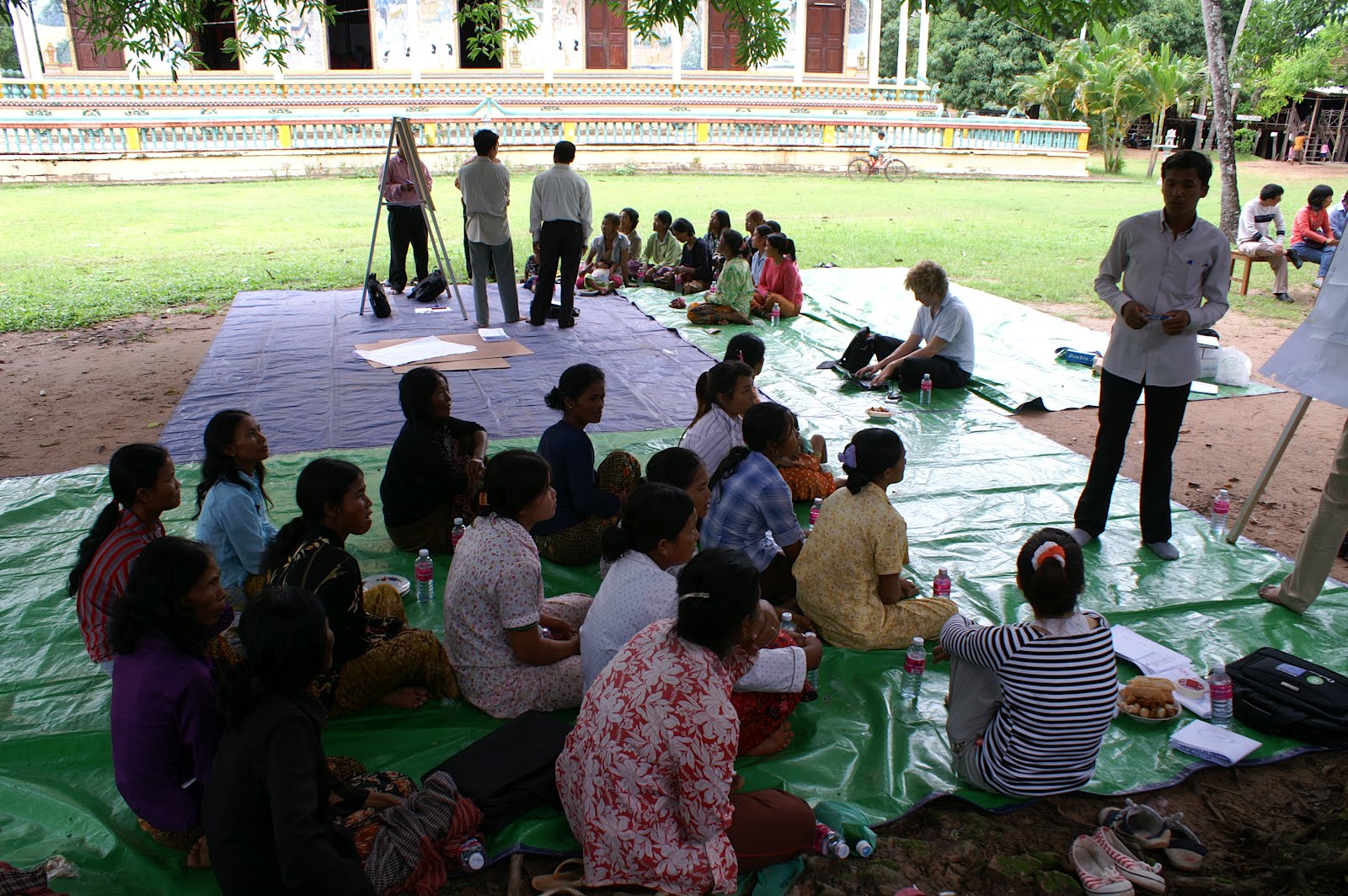Cambodia National Adaptation Programme of Action (NAPA)
Project Overview
National Adaptation Programmes of Action (NAPAs) provide a process for Least Developed Countries (LDCs) to identify priority activities that respond to their immediate needs to adapt to climate change, ultimately leading to the implementation of projects aimed at reducing the economic and social costs of climate change.
The Climate Related Hazards identified in Cambodia's National Adaptation Programme of Action (NAPA) include:
- Flooding (flash)
- Salt water intrusion
- Coastal zone inundation
- Drought and low flows
- Windstorms
- Storm surge
Project Details
Climate Related Hazards:
- Flooding (flash)
- Salt water intrusion
- Coastal zone inundation
- Drought and low flows
- Windstorms
- Storm surge
Main Human Vulnerabilities and Livelihood Impacts:
- Reduced agricultural production
- Water shortage and/or groundwater depletion
- Increased disease and/or other health problems
Key Results and Outputs
Priority Adaptation Projects:
- Rehabilitation of a multiple-use reservoir in Takeo Province
- Rehabilitation of a multiple-use dams in Takeo & Kampong Speu Provinces
- Community & household water supply in coastal provinces
- Development and rehabilitation of flood protection dikes
- Rehabilitation of Upper Mekong & Provincial waterways
- Rehabilitation of multiple-use canals Banteay Meas District, Kampot Province
- Vegetation planting for flood & windstorm protection
- Strengthening of community disaster preparedness & response capacity
- Water gates & water culverts construction
- Safe water supply for rural communities
- Development & improvement of small-scale aquaculture ponds
- Promotion of household integrated farming
- Rehabilitation of coastal protection infrastructure
- Development & improvement of community irrigation systems
- Community mangrove restoration & sustainable use of natural resources
- Community-based agriculture soil conservation in Srea Ambel District, Koh Kong Province
- Production of biopesticides
- Development of healthcare centres & posts
- Provision of safe water in high risk malaria regions
- Malaria education & mosquito habitat clearance campaigns
Expected Outputs:
The main objective of the NAPA is to identify priority activities and urgent actions needed by a Least Developed Country (LDC) to expand the current coping range and enhance resilience in a way that would promote the capacity to adapt to current climate variability and extremes, and consequently to future climate change.





